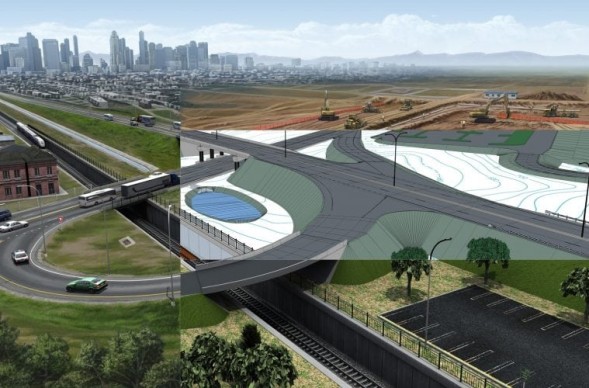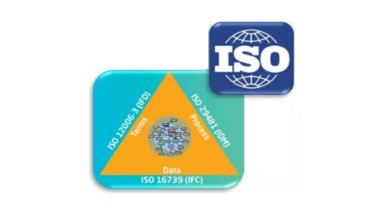Zigurat Global Institute of Technology
Blog / BIM & Construction Management
BIM for Civil Engineering: the case for BIM adoption
Categories

Adopting BIM for civil engineering projects is an ever-growing necessity. Everyone in this industry should be BIM-ready.
No longer can companies use BIM only for design phases. Companies that do this are not realizing the full potential of BIM throughout the life-cycle of the project. If these companies don’t adapt, they are destined for disaster.
BIM for civil engineers
Adopting BIM for civil engineering helps increase the clarity of each project and its components for all agents involved. This helps inform decision making and also reduces risks and the potential for error. BIM also facilitates the spread and collection of accurate data throughout the project life-cycle. Naturally, this improves productivity and the quality of the construction process. Thanks to the implementation of BIM in infrastructure, it is possible to maximize profit.
This year, there has been a great increase in the urgency of attending to aging infrastructure as well as the growing population in cities. The world we live in today demands better infrastructure projects. Waste and inefficiency is a very big problem and those involved in policy making are searching for better delivery and planning, the reduction of costs and effectiveness.
With BIM it is possible to meet the needs of policy-makers and investors. Its use in infrastructure projects prevents miscommunication, design errors and improves decision making as the model can simulate the project accurately and in a way it can be understood. This also permits the ability to explore different options and what-if scenarios before beginning to break ground.

BIM in Construction Phases
In planning, BIM can improve accuracy and speed while at the same time organizing data and environmental constraints. Not only does this provide greater clarity but also helps ease and speed approval. For example, before beginning a road rehabilitation project information can be incorporated into the model using radars. This provides invaluable information that can minimize negative impact and reduce risk. In the future, this information can be used in expansion or repair work.
In design and engineering infrastructure projects, collaboration is crucial. Data collected helps identify the relationship between the environment and the project itself. The implementation of BIM enables large-team workflows and also has a great impact on which projects are bid on. Companies employing BIM are more likely to win bids as people are beginning to understand the benefits of BIM for spatial analysis of civil engineering projects.
In the construction and program management phase, information can be maintained and handed over. This facilitates collaboration even after the project has finished, reducing risk and staying true to the design aspects. The models contain extensive data that help define relationships between materials and objects and facilitate communication and simulation of changes. Therefore, BIM enhances communication, coordination and provides greater insight into possible conflicts.
Finally, when assessing the management, operation and maintenance of a structure, operators need as much information as possible. This is aided by BIM. For example, in a highway maintenance project, having data on demographics, traffic counts and design it is possible to increase public safety, sustainability and efficiency. For this reason, operators are increasingly asking for BIM deliverables.
Conclusion
It goes without saying that BIM-ready firms have a competitive advantage these days. In the near future, expect to be a requirement world-wide throughout the entire lifecycle of the infrastructure project. The return on investment (ROI) is significant and is pushing more business and government leaders to adopt BIM. Successful implementation of BIM for civil engineering requires qualities and practical knowledge that can only be taught by leading experts in the construction of infrastructure, such as those working in the #1 International Contractor in the Middle East, the Consolidated Contractors Company, who teach at Zigurat’s Master’s in Global BIM Management for Infrastructure Projects. 




